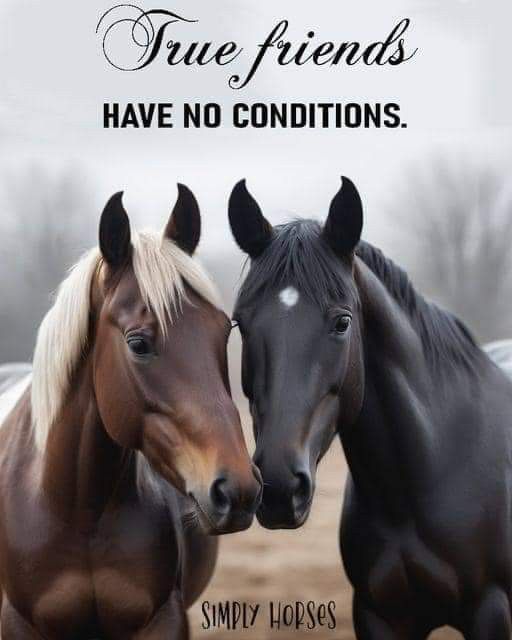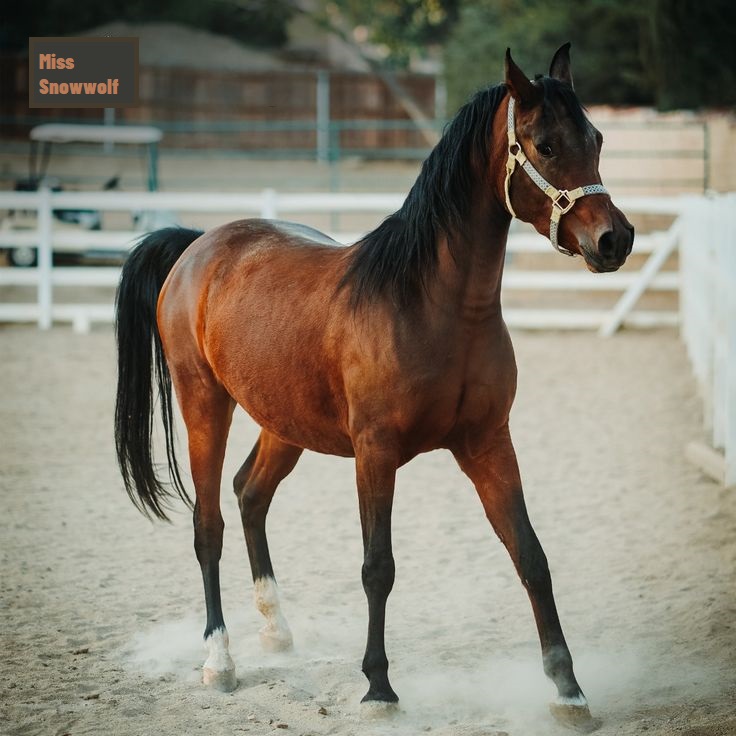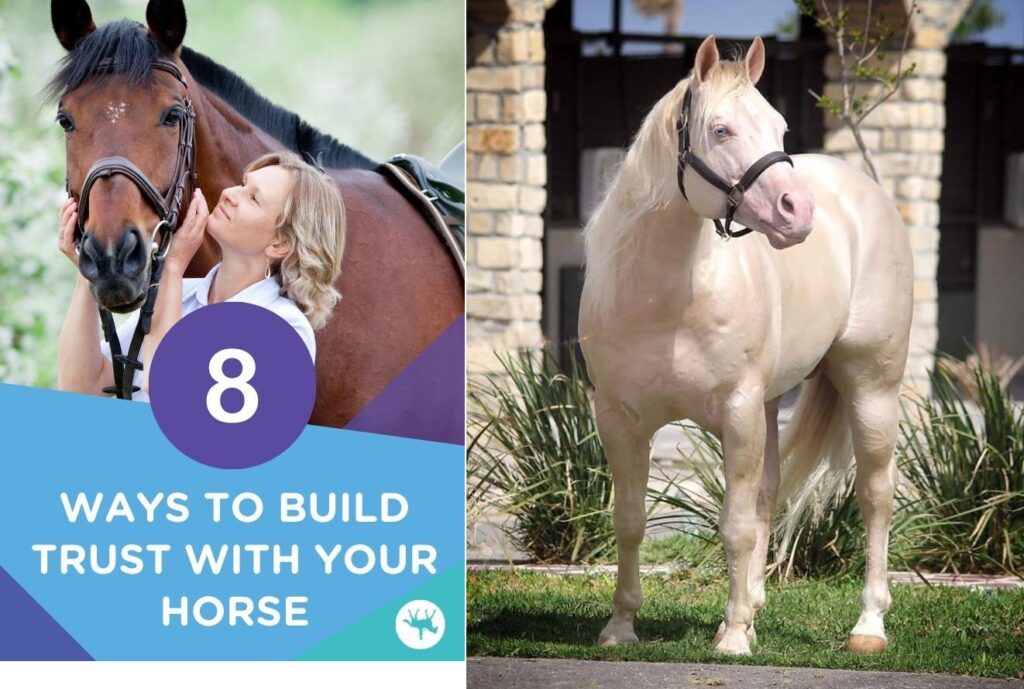
There’s something almost magical about watching a horse and human move in harmony—without force, fear, or frustration. This kind of connection doesn’t come from power or control, but from mutual trust and understanding. That’s the essence of horse whispering.
Horse whispering isn’t about literal whispers or mystical talents. It’s about reading a horse’s body language, emotions, and psychology, and responding with calm, consistent cues that promote communication rather than conflict. Whether you’re a new rider or an experienced equestrian, learning the principles of horse whispering will deepen your bond with your horse and create a foundation of trust that benefits everything you do together.
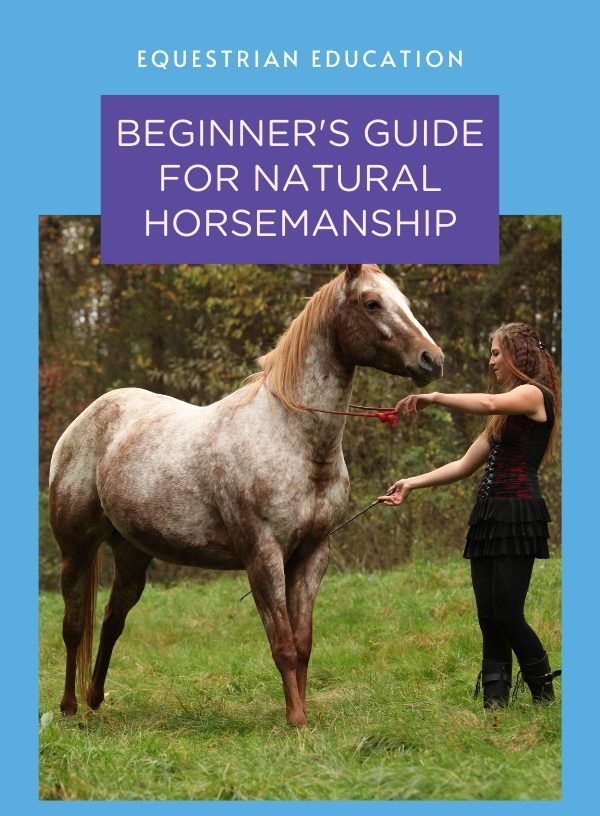
What Is Horse Whispering?
At its core, horse whispering is natural horsemanship—a philosophy and training method based on understanding the way horses think, feel, and communicate. Instead of dominating a horse into submission, the goal is to create a partnership through trust, respect, and empathy.
Some of the most famous modern horse whisperers include Monty Roberts, Buck Brannaman, and Tom Dorrance, who emphasized non-violent techniques, timing, feel, and leadership.

Why Trust Matters
Horses are prey animals. In the wild, survival depends on their ability to sense threats, flee danger, and stay close to their herd. When you work with a horse, they don’t automatically see you as a friend—you have to earn that role.
When trust is built:
- Training becomes smoother and faster
- Your horse is calmer, safer, and more responsive
- You develop a deeper emotional bond
- You’re able to notice and resolve problems earlier
Horse whispering isn’t just for “problem horses”—it’s a foundation for any horse-human relationship.

The Psychology of the Horse
Before we dive into techniques, it’s crucial to understand how horses think.
Key Traits of Horse Behavior:
- Prey animal instincts: Horses are wired to flee first, think later. They’re constantly assessing threats.
- Herd dynamics: In nature, horses look to a clear, confident leader for guidance.
- Body language communication: Horses “talk” through posture, movement, ear direction, and subtle cues.
- Curiosity: Horses are naturally inquisitive—but only when they feel safe.
- Sensitivity: Horses feel even the slightest touch or shift in your energy.
Understanding these traits will help you approach your horse with the right mindset.

The Golden Rule: Pressure and Release
One of the most powerful principles in horse whispering is “pressure and release.” Here’s how it works:
- Pressure: You apply a cue (e.g., light touch, body movement, or eye contact).
- Release: As soon as the horse responds correctly, you remove the pressure—this is the reward.
This teaches your horse: “When I do the right thing, the pressure stops.”
Timing is everything. Too late, and the horse won’t make the connection. Too early, and the lesson isn’t learned.
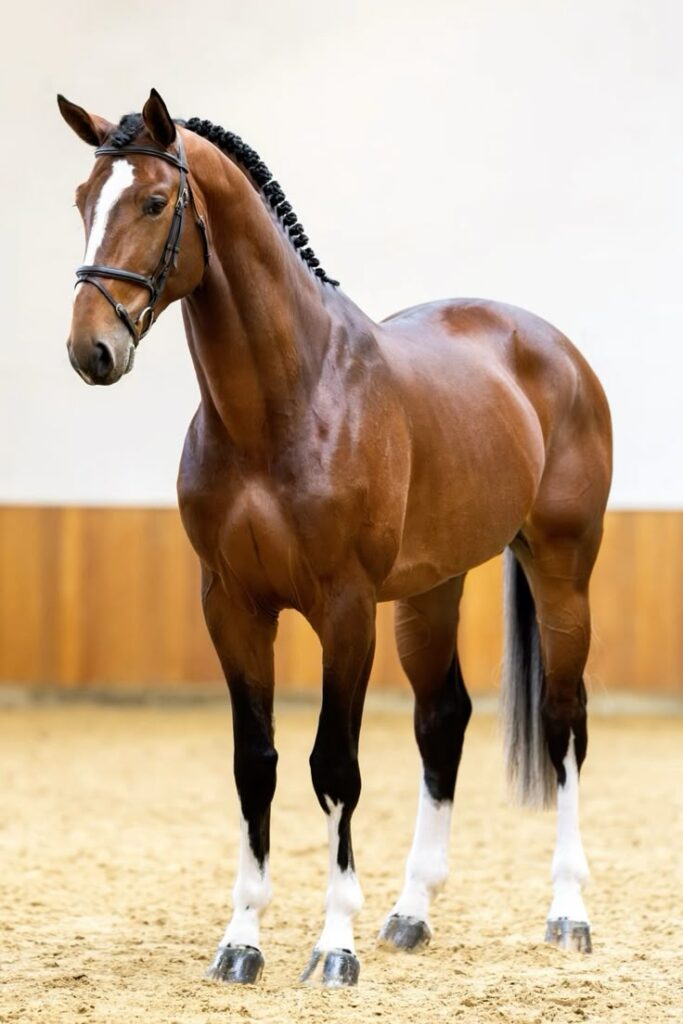
Steps to Building Trust with Your Horse
1. Start on the Ground
Trust begins before the saddle. Groundwork allows you to establish boundaries, respect, and communication in a less intimidating environment.
Key Groundwork Activities:
- Join-Up: A technique where the horse freely chooses to connect with you after being given space and direction in a round pen.
- Leading with intention: Your body language should say, “Follow me with respect, not fear.”
- Yielding the hindquarters: Teaches the horse to respond to pressure and respect your space.
- Desensitization: Slowly introduce new objects (like tarps or bags) to reduce fear.
Consistency, patience, and positive reinforcement are your best tools here.
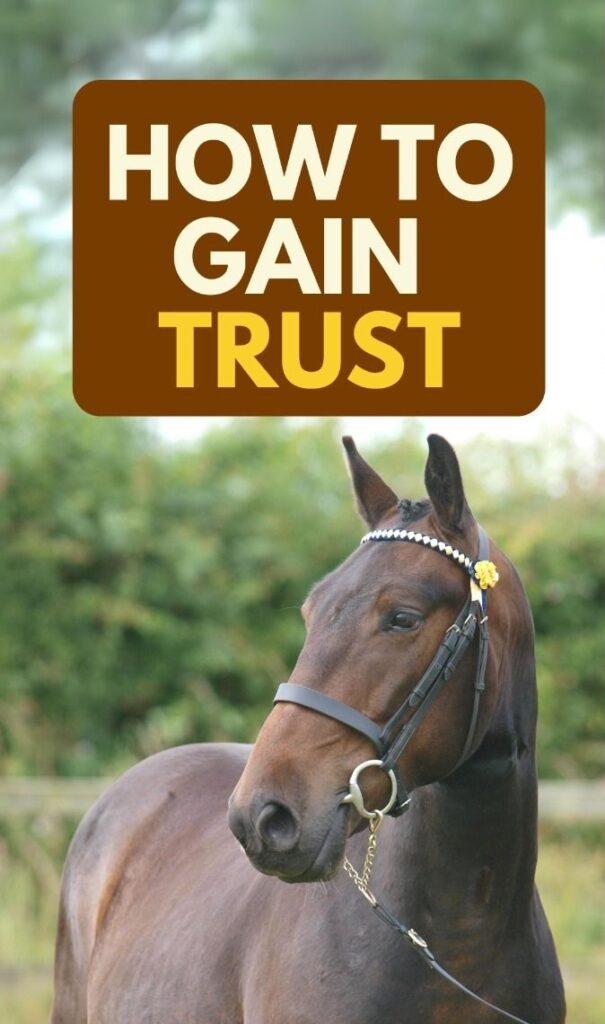
2. Read Your Horse’s Body Language
If you want your horse to listen to you, you must learn to listen to them.
Common Horse Body Language Signs:
- Ears forward: Alert or curious
- Ears pinned back: Angry, annoyed, or uncomfortable
- Eyes wide: Fear or uncertainty
- Tail swishing: Irritation or overstimulation
- Lowered head: Relaxation and submission
- Tense body or high head: Stress or alertness
By observing your horse’s responses, you can adjust your approach in real-time.

3. Be a Calm, Consistent Leader
Your horse will look to you as a leader—or not. You earn leadership by being fair, confident, and calm in every interaction.
- Don’t yell, jerk, or punish erratically.
- Always use the lightest pressure possible first.
- Keep your energy grounded. Horses mirror emotional states—if you’re tense, they will be too.
Consistency builds trust. Mixed signals create anxiety.

4. Use Your Energy and Intention
In horse whispering, your posture, breathing, and mindset influence how a horse perceives you.
- Walking with purpose communicates leadership.
- Soft eyes and relaxed muscles invite the horse to connect.
- Exaggerated movements (when used intentionally) can guide or move your horse.
Horses are acutely tuned into subtle energy shifts. You don’t always need to touch them to guide them.

5. Create Positive Experiences
To strengthen your bond:
- Never rush the process. Horses remember how you make them feel.
- End on a good note: Even if it’s a small win, finish training with success.
- Use treats wisely: Some horses respond well to rewards, others get pushy—know your horse.
- Hand grazing, scratching, or quiet time can be just as meaningful as a ride.
The more positive memories your horse has with you, the more they will trust you.


Troubleshooting Common Challenges
🐴 My horse is nervous or skittish.
- Go back to basics: groundwork, consistent routine, quiet handling.
- Introduce new stimuli slowly, with lots of praise for calm behavior.
- Let them explore objects at their own pace.
🐴 My horse won’t follow my lead.
- Are you giving mixed signals?
- Are you rewarding the right behaviors?
- Is the horse bored or overwhelmed?
Sometimes, taking a step back actually helps you move forward faster.
🐴 My horse is aggressive or pushy.
- Check for pain or medical issues first.
- Reinforce your personal space. Use groundwork to reestablish boundaries.
- Stay calm but firm—no yelling or hitting. Use body language to regain control.

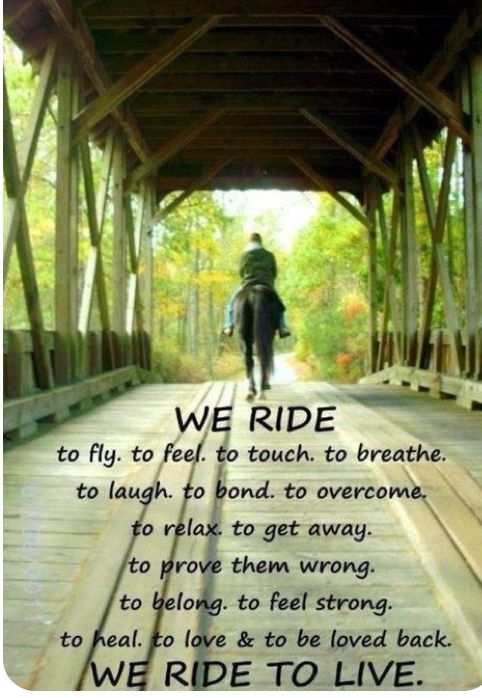
The Role of Patience and Time
Trust is not built overnight. It takes days, weeks, even months—especially with rescued or traumatized horses. Each horse is different, and progress may be non-linear.
Success in horse whispering means celebrating the small wins, like:
- Your horse walking toward you voluntarily
- Accepting a new object without fear
- Lowering their head and licking their lips (a sign of relaxation)
These moments may seem small but are deeply significant in your horse’s world.
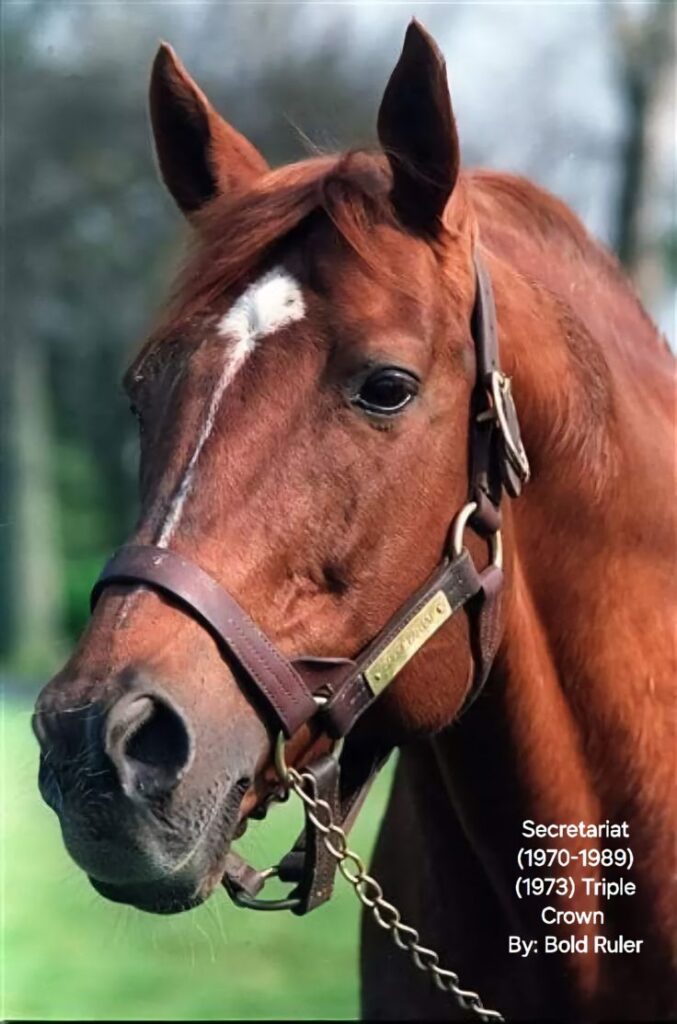

Advanced Horse Whispering Techniques
Once you’ve established trust, you can explore more advanced work:
- Liberty training: Working with your horse without ropes or halters
- Clicker training: Using a consistent sound to mark desired behaviors
- Problem solving: Addressing vices like biting, bucking, or trailer fear through understanding and trust
Just remember—techniques are tools, not shortcuts. The foundation is always relationship-based.


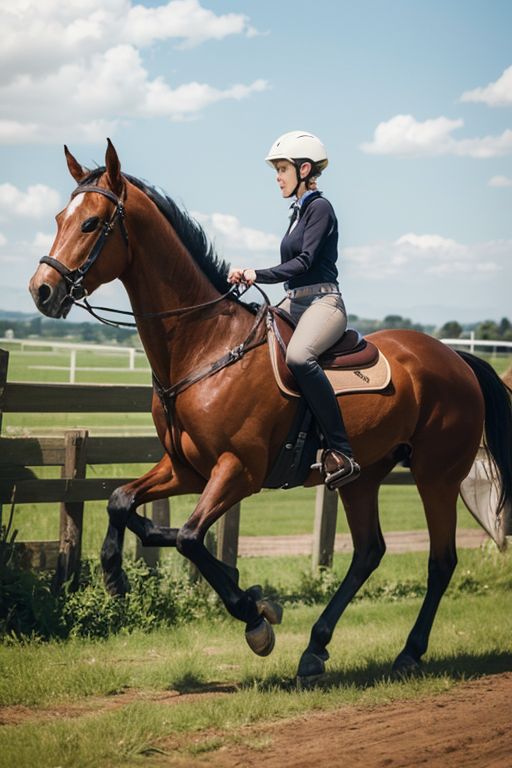

Conclusion: Becoming the Horse Whisperer Your Horse Needs
Horse whispering isn’t about dominance—it’s about partnership. It’s about tuning into your horse’s emotions, responding with empathy, and leading with quiet confidence. When you shift your mindset from “how do I control this horse?” to “how do I communicate better?” you open the door to a relationship built on trust, not tension.
Remember, you don’t need to be famous or flawless to be a horse whisperer. You just need to observe, listen, and respond with respect. In return, your horse will begin to see you not as a threat—but as a trusted friend, a calm leader, and a safe place in a sometimes scary world.
And that’s where the magic truly begins.

